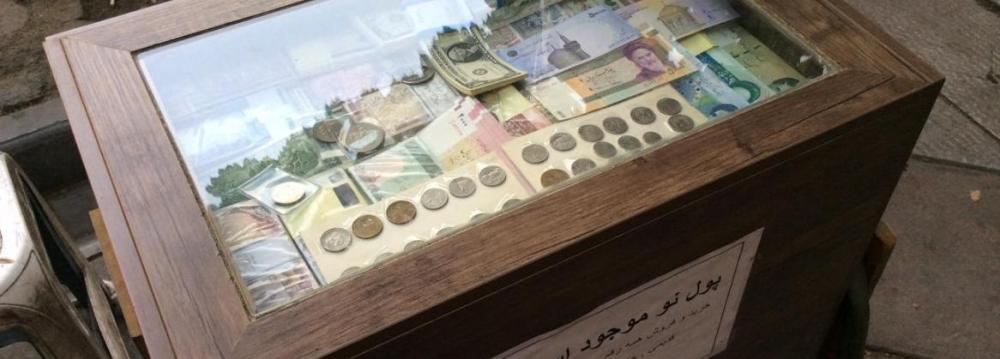The action plan of the Central Bank of Iran regarding the implementation of the Banking Overhaul Plan is premised on 10 key factors, said the vice-governor of the bank.
"CBI action plan is based on 10 major elements, namely active management of the interbank market, reinforcement of bank credits, balancing the reserve ratio of commercial banks, rating banks and close supervision of beleaguered lenders, utilizing open-market tools in implementing monetary policies, disciplining the money market by regulating the unlicensed credit institutions, increasing capital of private banks, reducing bad debts, merging, reforming, rebuilding and dissolving banks and credit institutions and improving oversight of the banking industry," Akbar Komijani said in an interview with the weekly Tejarat Farda, a sister publication of the Financial Tribune.
The CBI deputy governor also singled out some characteristics of the blueprint, touting them as points constituting the pillars of the reform plan.
He described these as "moving past official decrees in policy-setting, rethinking the scope of monetary policy, changing the supervisory approach, disciplining the money market and removing banks' distressed assets."
Doing Away With Decrees
During the past few years, one of the main irritants of the money market has been official decrees. This, Komijani says, was occasionally put aside by the CBI , including when bank interest rates were lowered by the lenders themselves.
The CBI wants to move past direct intervention in its regulatory methods and at the same time prevent the ineffective allocation of credits and non-competitiveness of banks by employing indirect instruments in tandem with market mechanisms.
Rethinking Monetary Policy
While statistics show that the inflation rate is in single digits, recession still looms large. The senior official pointed to the measures undertaken by the CBI to spur economic growth, namely "balancing the bank reserves ratio of commercial banks, allocating loans to automakers and producers of intermediary goods and launching credit cards by the banks to promote domestic products".
Komijani admits that these efforts prompted a five percentage point surge in money supply, which according to latest data recorded a 29.7% growth in the third month of the fiscal year to June 20.
Changing Supervisory Approach
Elaborating on the supervisory policy of the CBI, Komijani said "reviewing and refining infrastructure and processes, improving the system of financial statements of banks, administrative regulations, employing information technology tools and using punitive and hortative measures in line with the Banking Overhaul Plan" are crucial necessities.
Disciplining the Money Market
To improve monetary discipline and the transparency of statistics, to expand supervision over banks and credit institutions and to regularize uncertified credit institutions, the CBI has been actively at work, he said.
"The CBI's efforts include adding data from six banks and four institutions to the list of monetary and credit statistics (by certifying them) in 2013 and 2014 and the amendment of the general plan to reorganize the unofficial money market (Directive 618 of the High Council of National Security) in four steps, namely identifying the unregistered monetary institutions, finalizing the status of companies applying for license, preventing the operations of institutions that lack CBI permit and prosecuting them."
Reducing NPLs
The CBI official says the NPLs have emerged as a result of a number of factors in and outside the banking system. To address this pressing issue, the 'alleviation of NPLs in the banks' action plan has been included as part of the Banking Overhaul Plan.
He referred to the two plans for creating rating agencies in the banks' and customer assessment units within banks" and 'following up on the formation of an asset management firm' as the two final phases of the process.
The first phase of the reform plan began in 2016 and will continue until next year, he said. "In the current phase, a package to resolve the dilemma of sour assets has been planned.
"By the end of the second phase, the ultimate goal of foundational and institutional reforms in the banking system will come into effect," he said.


